In the given figure for a projectile
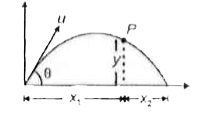
tan−1(1√3)
tan−1√3
tan−1(2√3)
tan−1(√32)
The correct Answer is:C
From the given diagram,
R/2H=√3HH=√3
or (v20sinθcosθ)/g(v20sin2θ)/2g=√3⇒2cotθ=√3
or tanθ=2√3 or θ=tan−1(2√3)
Topper's Solved these Questions
- MOTIONBook:DC PANDEY ENGLISHChapter:MOTIONExercise:B. Medical entrance
Explore 1 Video
- MOTIONBook:DC PANDEY ENGLISHChapter:MOTIONExercise:Medical entrance
Explore 12 Videos
- MOTIONBook:DC PANDEY ENGLISHChapter:MOTIONExercise:A. Taking it together
Explore 1 Video
- MEASUREMENT AND ERRORSBook:DC PANDEY ENGLISHChapter:MEASUREMENT AND ERRORSExercise:Subjective
Explore 19 Videos
- MOTION IN A PLANEBook:DC PANDEY ENGLISHChapter:MOTION IN A PLANEExercise:(C )Medical entrances gallery
Explore 32 Videos
Similar Questions
A projectile has
View SolutionIdentify the given figure :

View SolutionIdentify the given figure .
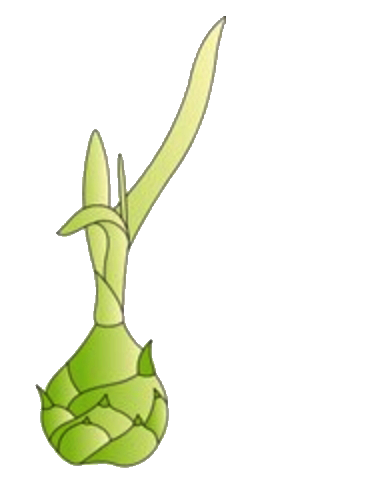
View SolutionIn the given figure , find ∠DCP.
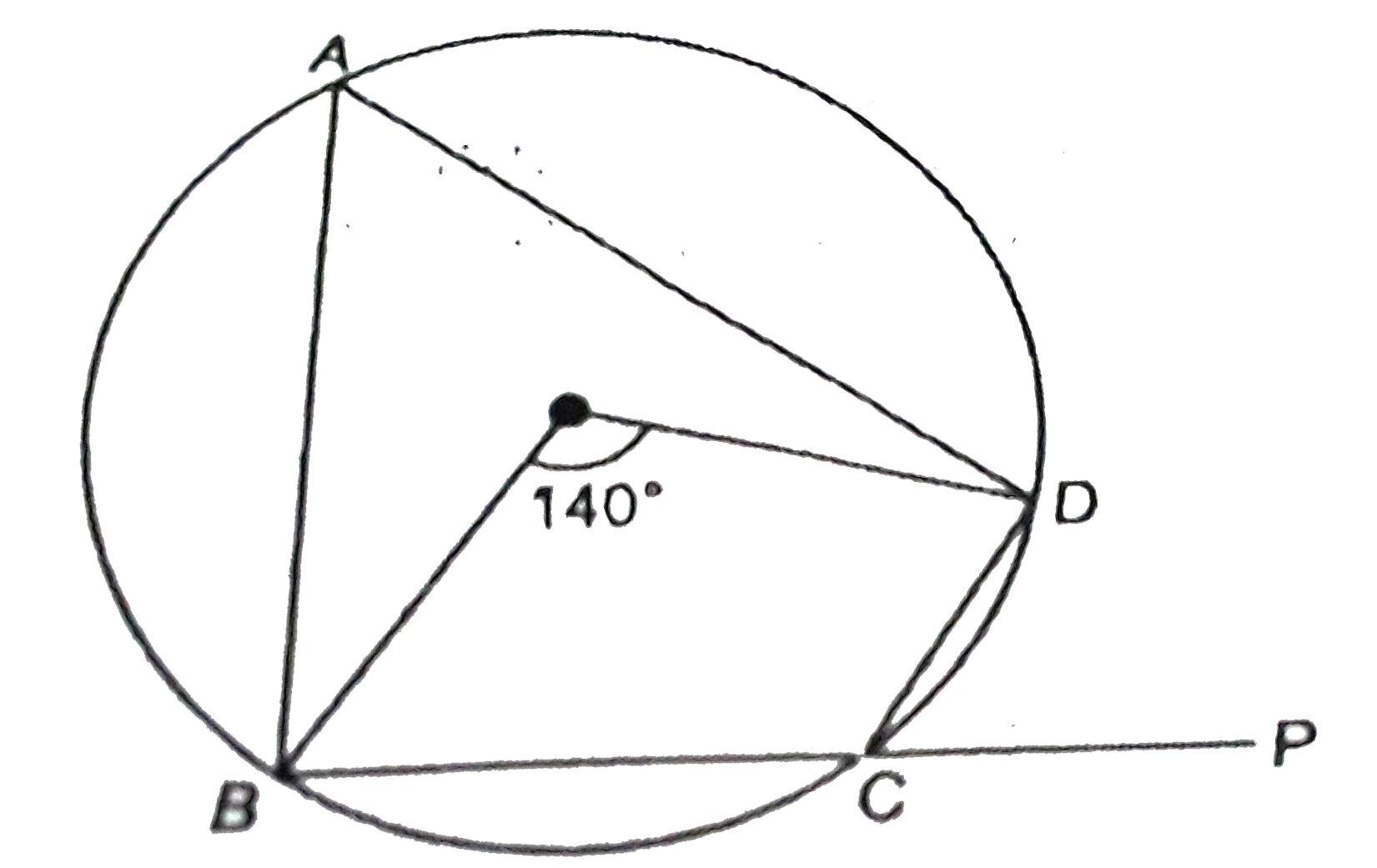
View SolutionIn the figure shown, the two projectiles are fired simultaneously. The minimum distance between them during their flight is
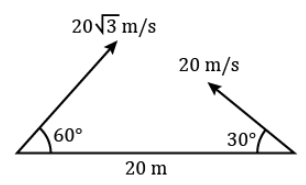
View Solution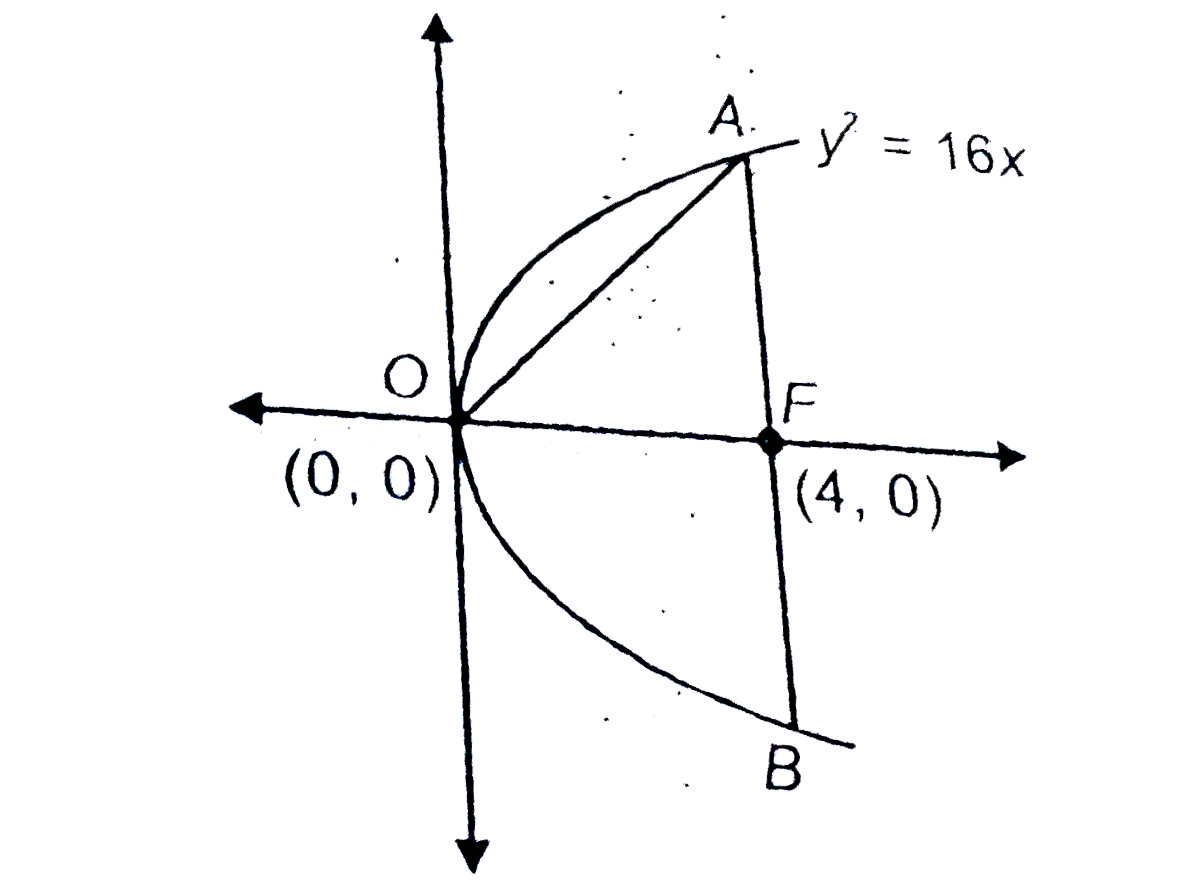
In the given figure, the area of the △OAF is
View SolutionThe kinetic energy of a projectile at its highest position is K. If the range of the projectile is four times the height of the projectile, then the initial kinetic energy of the projectile is .
View SolutionIn the figure shown, find
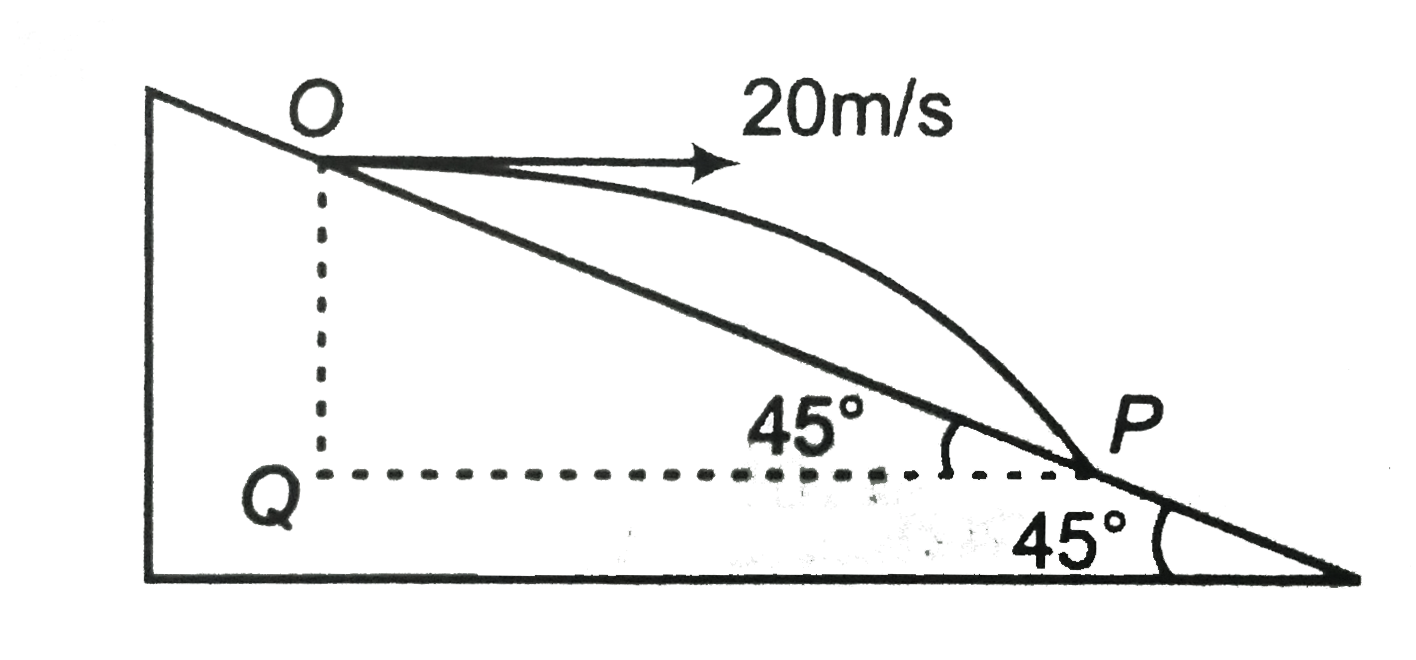 .
.
(a) the time of flight of the projectile over the inciled plane.
(b) range OP.
View SolutionThe horizontal range and the maximum height of a projectile are equal. The angle of projection of the projectile is
View SolutionAssertion: A projectile gets exploded at its highest point. All the piece get only horizontal velocities.
Reason: The weight of the projectile is the external force for projectile.
View Solution
